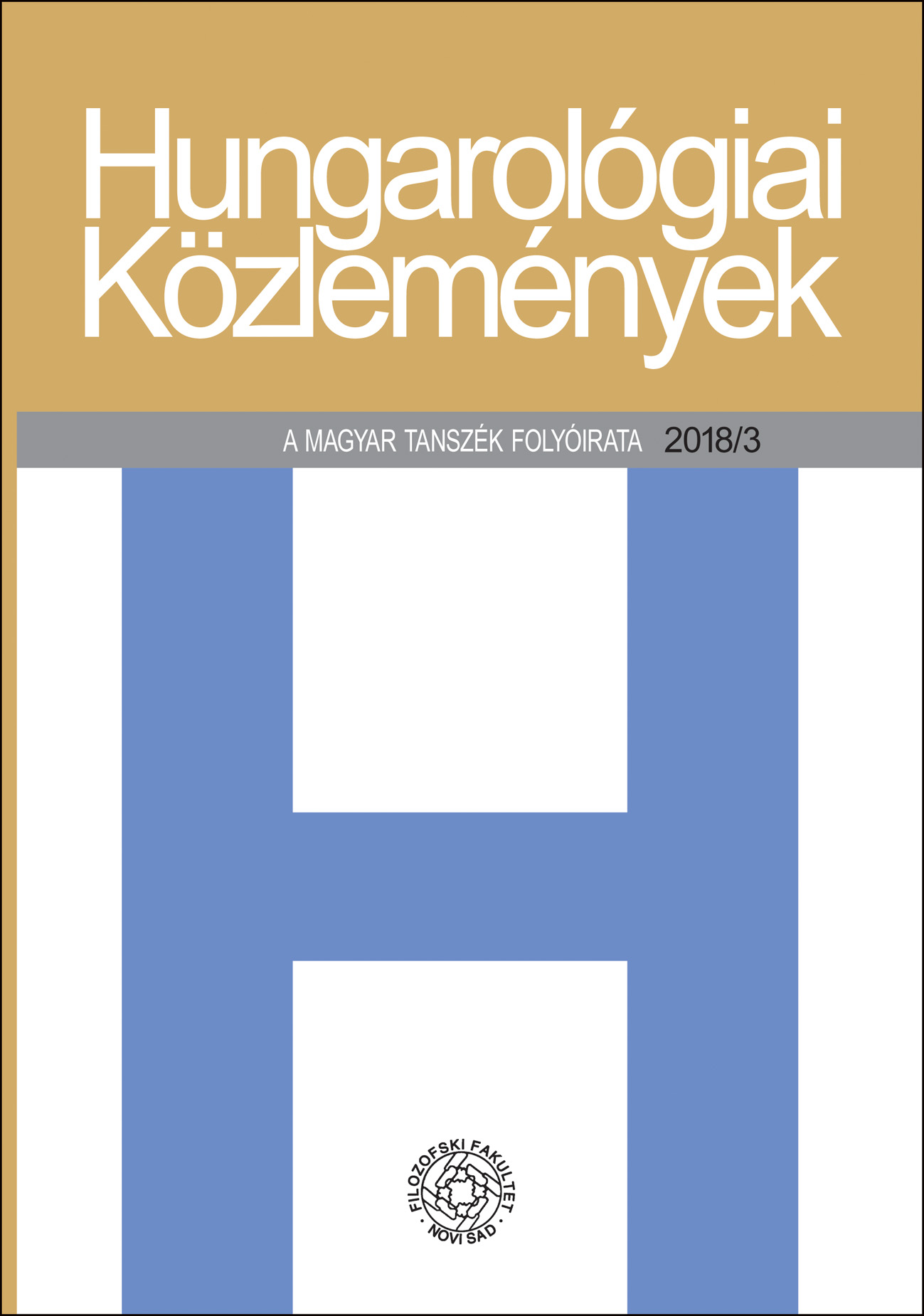A transzparenciától a luciditásig
From Transparency to Lucidity
Light-metaphors in Béla Hamvas’ Interpretation of Existence
Author(s): Anikó KuruczSubject(s): Hungarian Literature
Published by: Филозофски факултет, Универзитет у Новом Саду
Keywords: Alétheia; illumination; transparency; lucidity; existence
Summary/Abstract: This paper investigates some aspects of Hamvas’s interpretation of existence. Hamvas’ concept which concerns both the question of truth (Alétheia) and modes of elucidating human existence, shared features with the philosophical discourses of Heidegger and Jaspers. Hamvas was influenced by Jaspers, and he even translated from Vernunft und Existenz. Jasper’s term Existenzerhellung became an integral part of Hamvas’ way of thinking, and thus the elucidation of existence became the base of the constitutive context of his writings. The paper also aims at giving an overview of the way Hamvas and Heidegger used Alétheia. Despite the parallels, the concept was differently organized on the thinking horizon of the two authors. At Hamvas the ontological Alétheia became the linguistic basis of his understanding of reality and the measure of his poetic approach and writing. Hamvas’ concept of truth, Alétheia, meaning unclosed or unconcealed, also includes semantic transparency. The illuminating circle of his late works, his poetic “language of light” became enriched with a new term: lucidity, the illuminating technique of science. The study makes an attempt at outlining the process in which Hamvas’ existence interpretation developed from partial illumination to complete transparency.
Journal: Hungarológiai Közlemények
- Issue Year: 19/2018
- Issue No: 3
- Page Range: 58-79
- Page Count: 22
- Language: Hungarian

